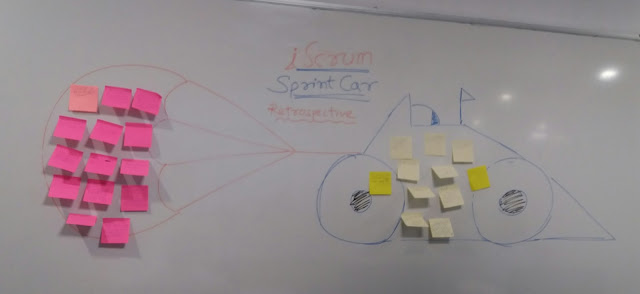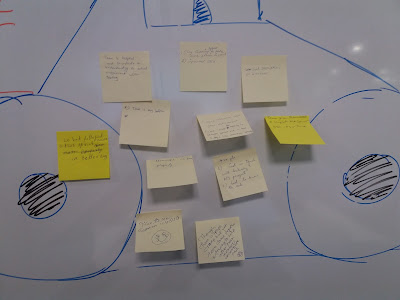Changes in Revised Scrum Guide - November- 2017.
- Added section on the Uses of Scrum:Scrum was initially developed for managing and developing products. Starting in the early 1990s, Scrum has been used extensively, worldwide, to:
- Research and identify viable markets, technologies, and product capabilities;
- Develop products and enhancements;
- Release products and enhancements, as frequently as many times per day;
- Develop and sustain Cloud (online, secure, on-demand) and other operational environments for product use; and,
- Sustain and renew products.
Scrum has been used to develop software, hardware, embedded software, networks of interacting function, autonomous vehicles, schools, government, marketing, managing the operation of organizations and almost everything we use in our daily lives, as individuals and societies.As technology, market, and environmental complexities and their interactions have rapidly increased, Scrum’s utility in dealing with complexity is proven daily. Scrum proved especially effective in iterative and incremental knowledge transfer. Scrum is now widely used for products, services, and the management of the parent organization. The essence of Scrum is a small team of people. The individual team is highly flexible and adaptive. These strengths continue operating in single, several, many, and networks of teams that develop, release, operate and sustain the work and work products of thousands of people. They collaborate and interoperate through sophisticated development architectures and target release environments.When the words “develop” and “development” are used in the Scrum Guide, they refer to complex work, such as those types identified above. - Changed wording in The Scrum Master section to provide better clarity to the role. The text now reads:The Scrum Master is responsible for promoting and supporting Scrum as defined in the Scrum Guide. Scrum Masters do this by helping everyone understand Scrum theory, practices, rules, and values.The Scrum Master is a servant-leader for the Scrum Team. The Scrum Master helps those outside the Scrum Team understand which of their interactions with the Scrum Team are helpful and which aren’t. The Scrum Master helps everyone change these interactions to maximize the value created by the Scrum Team.
- Added to the section Scrum Master Service to the Product OwnerEnsuring that goals, scope, and product domain are understood by everyone on the Scrum Team as well as possible.
- Updated the first paragraph of the Daily Scrum section to read:The Daily Scrum is a 15-minute time-boxed event for the Development Team. The Daily Scrum is held every day of the Sprint. At it, the Development Team plans work for the next 24 hours. This optimizes team collaboration and performance by inspecting the work since the last Daily Scrum and forecasting upcoming Sprint work. The Daily Scrum is held at the same time and place each day to reduce complexity.
- Updated the Daily Scrum section to provide clarity on the goals of the Daily Scrum including this text:The structure of the meeting is set by the Development Team and can be conducted in different ways if it focuses on progress toward the Sprint Goal. Some Development Teams will use questions, some will be more discussion based. Here is an example of what might be used:
- What did I do yesterday that helped the Development Team meet the Sprint Goal?
- What will I do today to help the Development Team meet the Sprint Goal?
- Do I see any impediment that prevents me or the Development Team from meeting the Sprint Goal?
- Added clarity around time-boxesUsing the words “at most” to remove any questions that the time-box for Events means maximum length, but could be shorter.
- Added to the Sprint Backlog section:To ensure continuous improvement, it includes at least one high priority way in which the team works, identified in the previous Retrospective meeting.
- Added clarity to the Increment section:An increment is a body of inspectable, "Done"" work that supports empiricism at the end of the Sprint. The increment is a step toward a vision or goal.
Download New Revised Scrum Guide from below link
Ref. http://www.scrumguides.org/revisions.html
Regards
Kshitij Yelkar
www.yelkar.com





